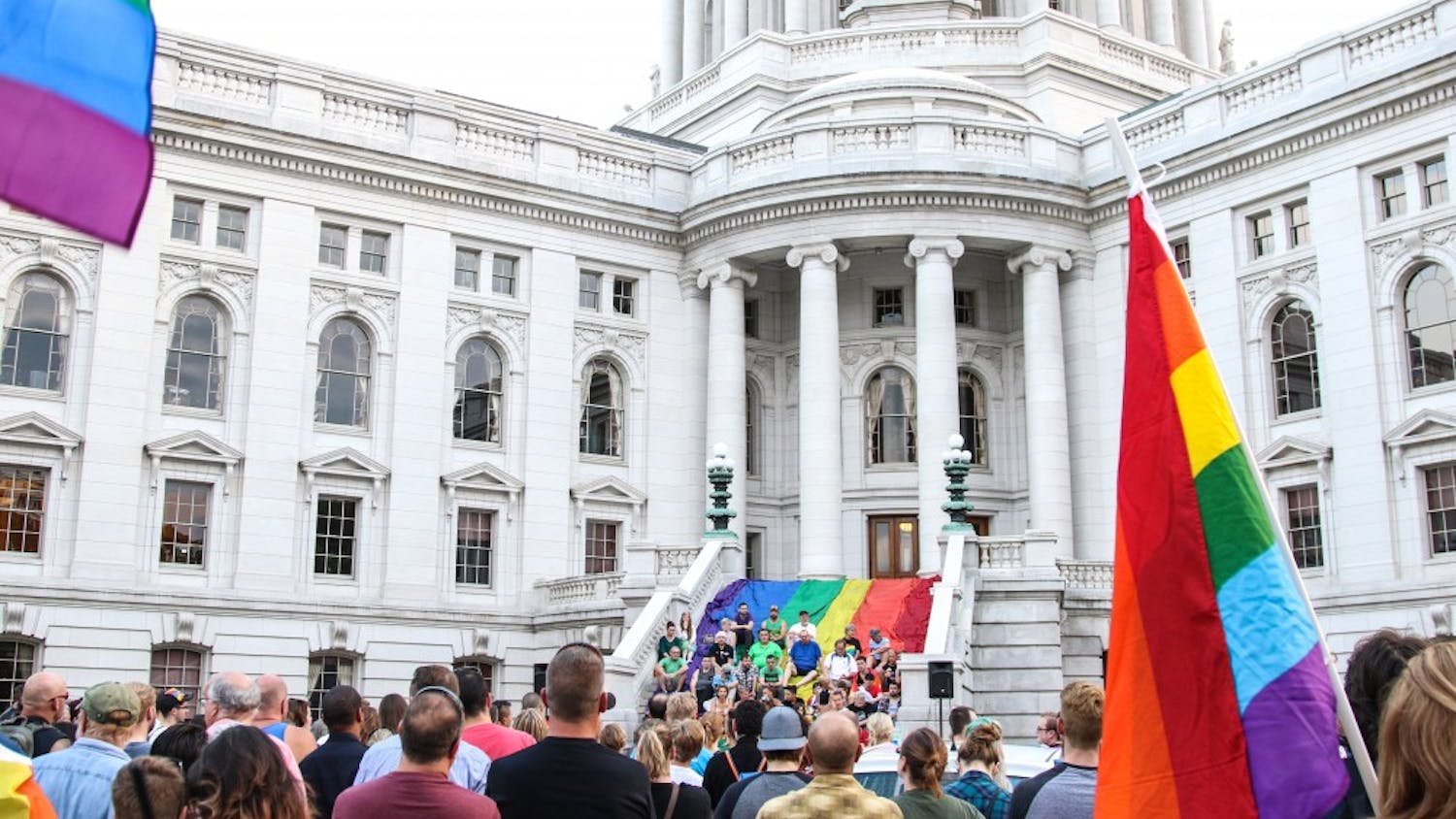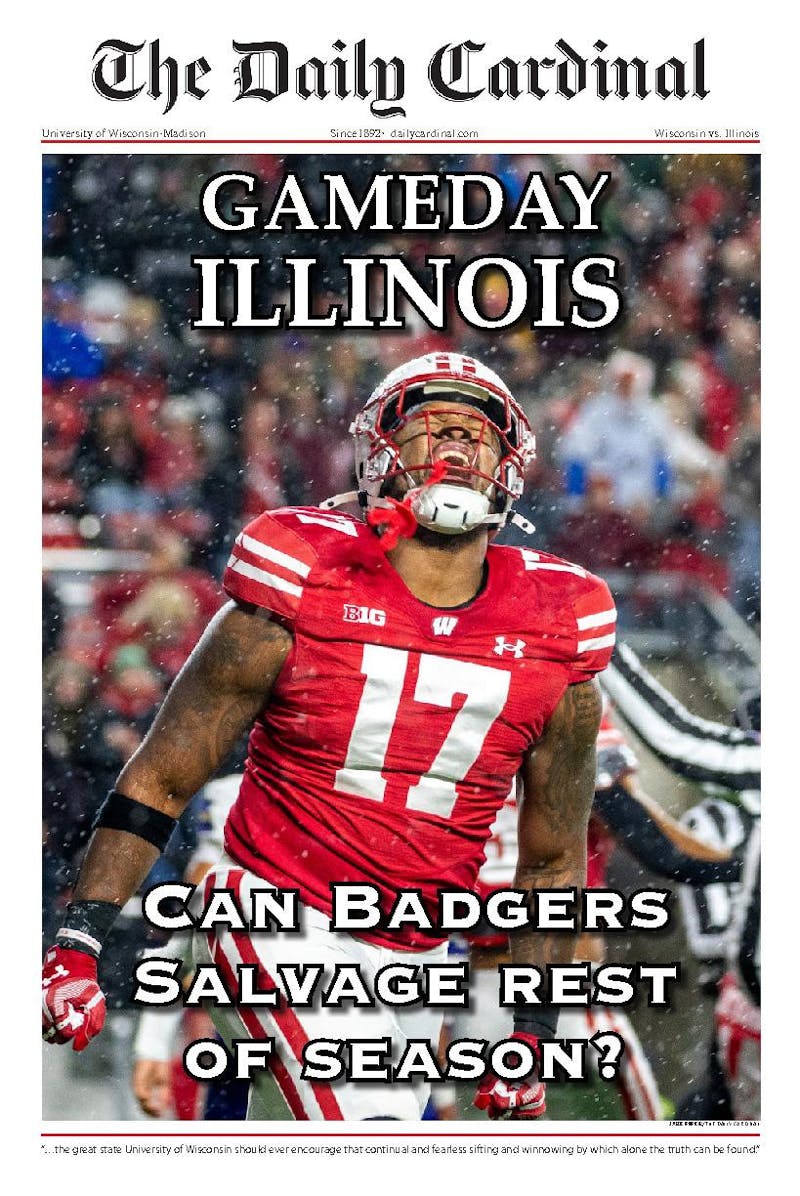Dear Dirty Bird,
I’m watching “Orange is the New Black” on Netflix and it’s the first time I’ve been exposed to trans issues. Although I feel like I’m an open-minded person, I realize I don’t know a lot about gender identity and was wondering if you could sort through all these terms.
Because of shows like “Orange is the New Black” and celebrities like Laverne Cox and Chaz Bono, the visibility of people who are trans has grown significantly in the last few years. For a lot of people who are not trans or allies though, this can raise a lot of questions about the actual definitions of sex, gender and sexual orientation.
For some people, the semantics (in this case, sementics?) used by people who identify as trans are actually kind of daunting. Breaking down terminology and knowing what these words can mean is a good place to start. It may even help us understand the meaning of our own language! Here’s a nifty explanation of everything we need to know:
Sex: This is our biological sex, from the wee-wees to the vajayjays. But in big-kid terms, it’s the objectively measurable organs, hormones and chromosomes each person has. A person with a penis, testes and XY chromosomes is male. A person with a vagina, ovaries and XX chromosomes is female. And a person with a combination of these is intersex. Our biological sex doesn’t dictate either our gender expression or identity.
Gender Identity: Our gender identity is how we individually identify our gender. Do we call ourselves a man, a woman, genderqueer or something else?
Some of this has to do with hormones and biological chemistry, in addition to how we interpret this chemistry. This also determines what pronouns we use.
A term thrown around with gender identity is “Prefered Gender Pronoun,” or PGP. This is used to ask people whether they use male (he, his, him), female (she, her) or gender neutral pronouns (they, them, their), and is sometimes used as a part of introductions in classrooms and work orientations.
Gender Expression: This is how we demonstrate our gender identity. In our society, the majority of men express themselves as masculine, women as feminine and people who are genderqueer as however they feel best, masculine one day, feminine the next or androgynous. This is a form of expression and identity that is highly fluid though and there’s freedom even to determine what masculine, feminine and androgynous mean.
For some people masculine might mean football or action movies, but for others, ballet or live theater. Clothes, behavior and interactions all play into gender expression. These might even change based on who we are around. With gender expression, every day is a chance to express yourself freely!
Sexual Orientation: This determines whether we like people of the same sex/gender as our own, opposite ours or both. Sexual orientation is not the same as gender identity or expression and is determined only by what types of people we are physically, spiritually and emotionally attracted to.
Those are the basic terms, but there are so many more. One of the least common terms is “cisgender.” This describes a person whose gender identity matches their sex at birth, so someone who has a penis and identifies as a masculine man. The opposite of this is trans, or transgender. This describes people whose sex and gender identity did not match at birth. Some people who identify as genderqueer identify as trans as well.
It’s important to remember that when it rains, it pours, and these terms are no exception. This gives us an opportunity to pull out the “transgender umbrella.” Everybody say, “Ooh... ahh.”
A lot of these terms don’t fall under the umbrella term “transgender” and essentially describe any identity or expression playing with the gender binary (the idea that there is only male and female, masculinity and femininity). These might include genderqueer or gender non-conforming, but also drag, which is a performance art in which people dress as the opposite gender for entertainment. Or transvestite, which describes people who enjoy wearing the clothes of the opposite gender.
When using these terms, it is important to remember each of us has the ability to define our bodies and minds in the way that best suits us. If we’re not sure how people choose to identify themselves, the safest bet is to ask. A simple “how do you identify” or “what are your PGPs” will do, and if at first you don’t succeed, apologize and move on. As long as we’re compassionate and make a clear effort, we’ll be appreciated and understood ourselves, which is something people of all identities crave.
Need a more in-depth explanation of trans issues? Be sure to shoot Michael Podgers an email at mpodgers@wisc.edu to delve deeper into the important info from today’s column.





